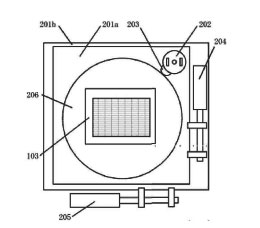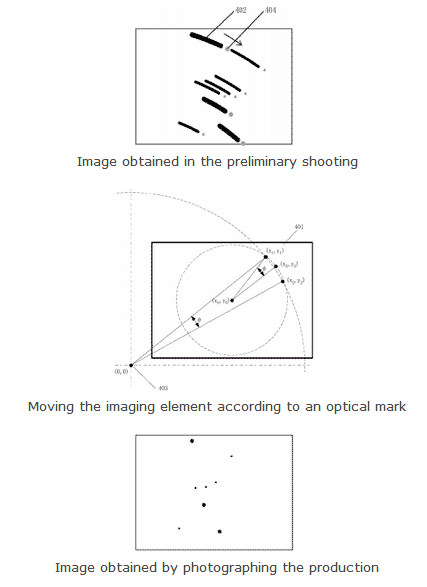
Actuator capable of moving in the direction of the imaging element XYθ
Canon patent a new sensor shift technology that will help the sensor to move with celestial object. The main objective is to capture clear night-sky / stars image without blurring them, this technology will be used in future with modified version of a camera built for astronomers (like Canon 60Da)
Patent Details
Self-interpretation and summary, Patent Document (translated by google)
- Patent Publication No. 2012-89960
- 2012.5.10 Release Date
- 2010.10.18 filing date
- Astronomical shooting
- When you shoot the valve, the star without being a point image, draw a light trail
- Equatorial
- By shooting with the equatorial tracking of the expression, get the point image
- Equatorial is a large-scale equipment has become
- Image synthesis formula
- By shooting multiple times to shift the image synthesis, Hoshino photo to obtain
- Not only part of the image can be used
- Canon ‘s patented
- (Sensor shift Shake Reduction formula body / li camera shake correction in)
- Imaging element can be moved in the direction of XYθ
- Angular rate sensor ( gyro (gravity sensor) has been incorporated), an acceleration sensor
- Carried out in two stages of preliminary shooting shooting and production
- Preliminary shooting
- Do bulb exposures
- Analyzing the image, get the location of the center of rotation of the diurnal motion of the star
- Production shooting
- Do bulb exposures
- By moving in the direction of XYθ the imaging element according to the movement of the subject, obtain an image without blurring
How stuff work? See the Image below

The system look similar to Pentax ASTROTRACER function, The O-GPS1 When mounted on the PENTAX K-5 or K-r camera body, the O-GPS1 provides couples the unit with the camera’s SR (Shake Reduction) system for the effortless tracing and photographing of celestial bodies. The unit calculates the movement of stars and other objects using the latitude obtained from GPS data and the camera’s alignment data (horizontal and vertical inclinations and direction) obtained from the unit’s magnetic and acceleration sensors. It then shifts the camera’s image sensor in synchronization with the movement of these objects. This means that all celestial bodies are captured as solid points rather than blurry streaks, even during extended exposures.
via – egami






